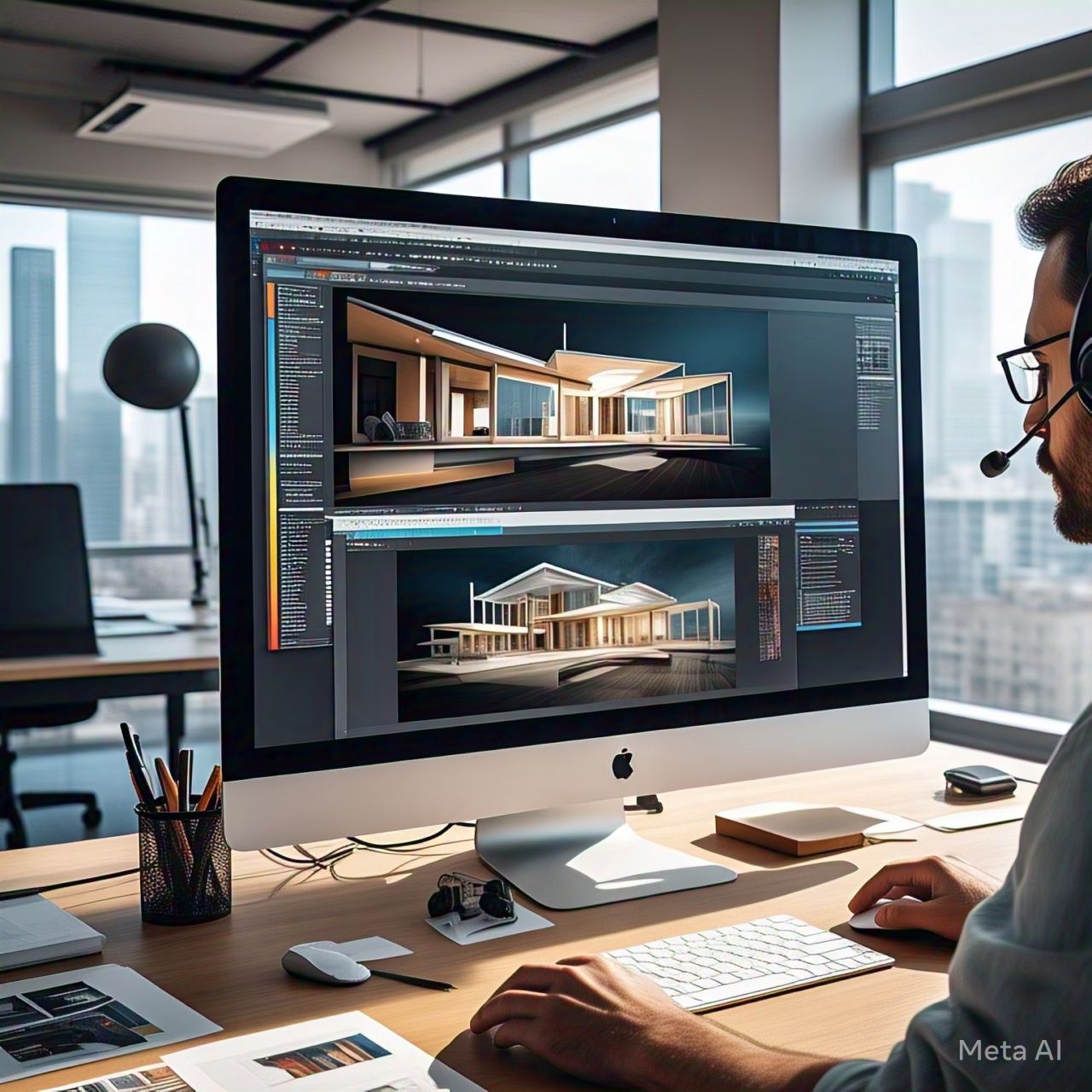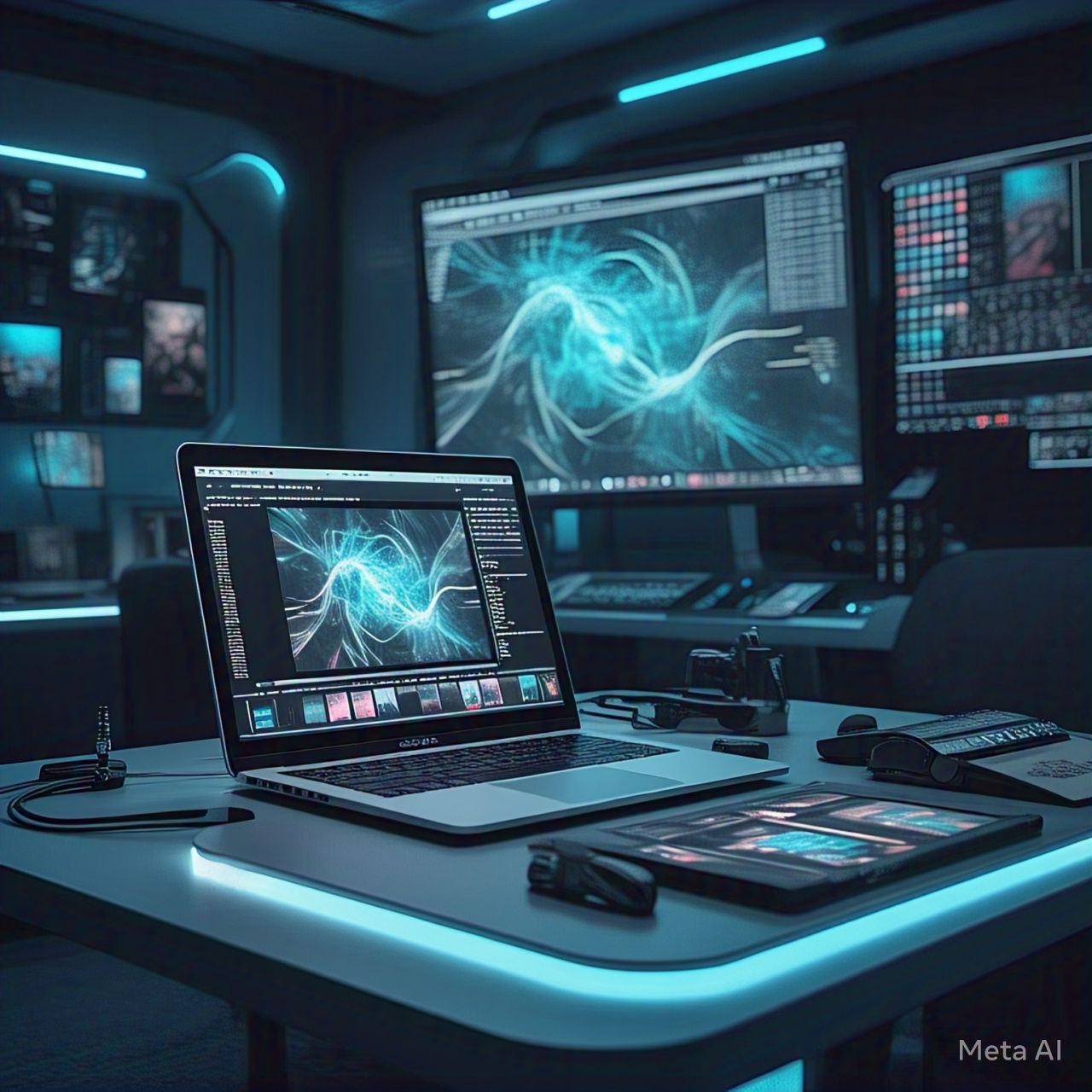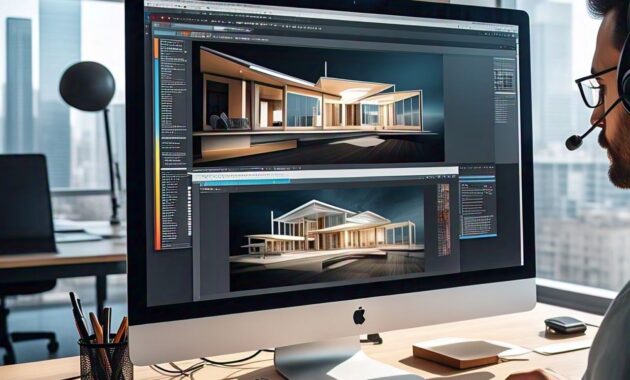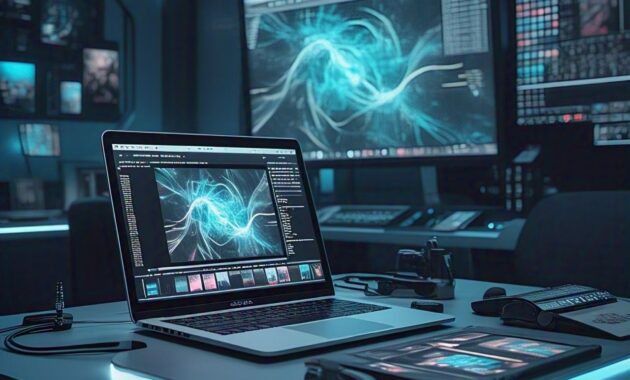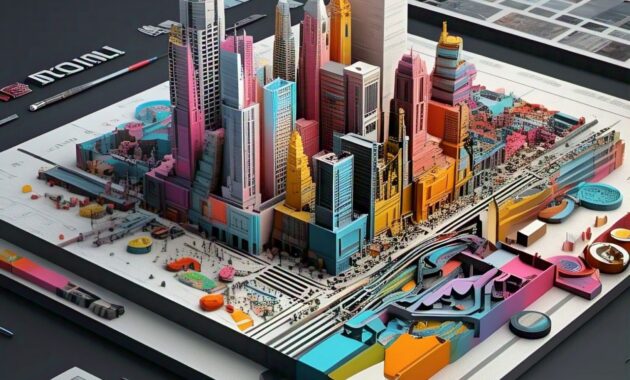The rise of non-fungible tokens (NFTs) has revolutionized the digital art world, offering artists, designers, and collectors new ways to create, buy, and sell unique digital assets. As one of the most powerful design tools available, Adobe Photoshop plays a crucial role in NFT creation, enabling artists to craft high-quality, distinctive digital collectibles.
From designing NFT artwork to optimizing assets for blockchain marketplaces, Photoshop provides a range of features that make it an essential tool for NFT creators. In this guide, we will explore how Photoshop can be used for NFT and digital collectible creation, key design techniques, best practices, and emerging trends in the NFT space.
What Are NFTs & Digital Collectibles?
Understanding NFTs
An NFT (Non-Fungible Token) is a unique, digital asset that is stored on a blockchain, ensuring its authenticity and ownership. Unlike cryptocurrencies such as Bitcoin, which are fungible (identical and interchangeable), NFTs are one-of-a-kind or part of a limited edition series, making them valuable to collectors.
NFTs can represent various forms of digital media, including:
-
Digital Artwork (paintings, illustrations, 3D renders)
-
Collectible Avatars & PFPs (Profile Pictures)
-
Generative Art (algorithm-based NFT collections)
-
GIFs & Motion Graphics
-
Music, Videos & 3D Models
Why Use Photoshop for NFTs?
Adobe Photoshop has been the go-to software for digital artists and designers for decades, and it remains a vital tool for NFT creation due to its:
✔ High-Resolution Artwork Capabilities – Essential for NFT projects.
✔ Layer-Based Editing & Smart Objects – Helps with complex and generative art designs.
✔ AI-Powered Tools (Adobe Sensei) – Speeds up editing, background removal, and style generation.
✔ Export Options for Blockchain Marketplaces – Optimized file formats for OpenSea, Rarible, Foundation, and other NFT platforms.
How to Create NFT Artwork in Photoshop
Creating an NFT in Photoshop involves multiple steps, from concept development to final export and minting on a blockchain. Below is a step-by-step guide on using Photoshop for NFT creation.
Step 1: Define Your NFT Concept
Before opening Photoshop, outline your creative vision. Decide whether you want to design:
-
1/1 Exclusive Artwork – A single unique piece.
-
Limited Edition Series – A small set of similar designs.
-
Generative Art Collection – Programmatically created NFTs with interchangeable traits (e.g., Bored Ape Yacht Club, CryptoPunks).
Step 2: Setting Up Your Photoshop Canvas
-
Open Photoshop and create a new document.
-
Set dimensions based on your NFT type:
-
Square Format (1080x1080px or 2048x2048px @ 300dpi) – Common for profile picture NFTs.
-
Large Format (3000x3000px or higher) – Ideal for fine art NFTs.
-
-
Choose a transparent or colored background based on your concept.
Step 3: Create Unique Digital Artwork
Now comes the creative process—use Photoshop’s extensive toolset to design your NFT artwork.
Techniques for NFT Artwork Design:
✔ Layering & Smart Objects – Keep each design element (character, background, accessories) on separate layers for easy editing.
✔ Blending Modes & Layer Styles – Use gradient maps, textures, and overlays to create unique effects.
✔ Brushes & Textures – Photoshop allows you to import custom brushes or use AI-generated textures for a more unique aesthetic.
✔ Digital Painting & Illustration – Use Wacom tablets or Apple Pencil with Photoshop to create hand-drawn NFTs.
✔ Glitch Art & Abstract Effects – Add displacement maps, liquify, and motion blur for a futuristic NFT look.
✔ AI-Powered Filters (Neural Filters) – Use Photoshop’s AI-powered Neural Filters to generate artistic effects, stylize portraits, or create surreal landscapes.
Creating Generative NFTs in Photoshop
Generative NFT projects consist of hundreds or thousands of unique variations created by combining different traits (backgrounds, eyes, clothes, accessories, etc.). Popular collections like Bored Apes, Doodles, and Cool Cats use this method.
Step 4: Organizing Traits & Attributes
For generative NFTs, create separate trait layers in Photoshop:
-
Backgrounds (5-10 variations)
-
Character Base Layer (consistent main shape)
-
Accessories (glasses, hats, masks, earrings)
-
Eyes & Mouth Variations
-
Clothing & Skins
Each element should be in its own folder or layer group to allow automation using scripts.
Step 5: Exporting Traits for Automation
-
Save each layer as a transparent PNG file using the Export As option.
-
Use a batch export script or tools like HashLips Art Engine or NFT Generator to randomize trait combinations.
-
Ensure rarity values for different traits to create uniqueness within the collection.
Exporting and Minting Your NFT Artwork
Step 6: Optimize & Export for Blockchain Marketplaces
-
JPEG or PNG? – Choose PNG for transparent assets, JPEG for flat images.
-
GIF or MP4? – Use for animated NFTs (cinemagraphs, loop animations).
-
Metadata – Include details such as title, description, properties, and unlockable content.
Step 7: Minting Your NFT
After finalizing the artwork, you need to mint (register) it on a blockchain.
✔ Choose a Blockchain: Ethereum (ETH), Polygon (MATIC), Solana (SOL), Tezos (XTZ).
✔ Select an NFT Marketplace: OpenSea, Rarible, Foundation, SuperRare.
✔ Upload Your Art & Metadata: Fill in the necessary details and mint your NFT.
✔ Set Royalties: Decide on royalty percentage for future sales.
NFT Trends & Photoshop’s Role in the Future of Digital Collectibles
The NFT space continues to evolve rapidly, influencing how digital artists and collectors interact. Here are some emerging trends:
1. AI-Generated NFT Art
With Photoshop’s AI-powered tools, artists can integrate machine learning into NFT creation, generating unique art styles using Neural Filters and Deep Learning algorithms.
2. 3D & Metaverse Integration
NFTs are expanding into virtual worlds. By combining Photoshop with Blender or Cinema 4D, artists can create 3D NFTs used in the Metaverse, gaming, and VR experiences.
3. Animated & Interactive NFTs
Photoshop’s motion graphics tools (Timeline & Video layers) allow artists to create animated NFTs, adding dynamic elements that increase engagement.
4. Eco-Friendly Blockchain Alternatives
With concerns about NFT energy consumption, eco-friendly blockchains like Tezos and Solana are gaining traction. Photoshop users can optimize NFT files for these sustainable platforms.
Conclusion: Photoshop as a Key Tool for NFT Artists
Photoshop remains an essential tool for NFT creators, enabling high-quality digital art, generative NFT design, animation, and file optimization for blockchain marketplaces. As NFTs continue to reshape digital ownership, Photoshop will play a vital role in pushing creative boundaries, integrating AI-powered tools, and blending 2D, 3D, and animated elements.
For artists looking to monetize their digital work and build a presence in the NFT world, mastering Photoshop’s features will provide a competitive edge in the ever-growing digital collectibles space.
Are you ready to launch your NFT project? Start creating with Photoshop today!






